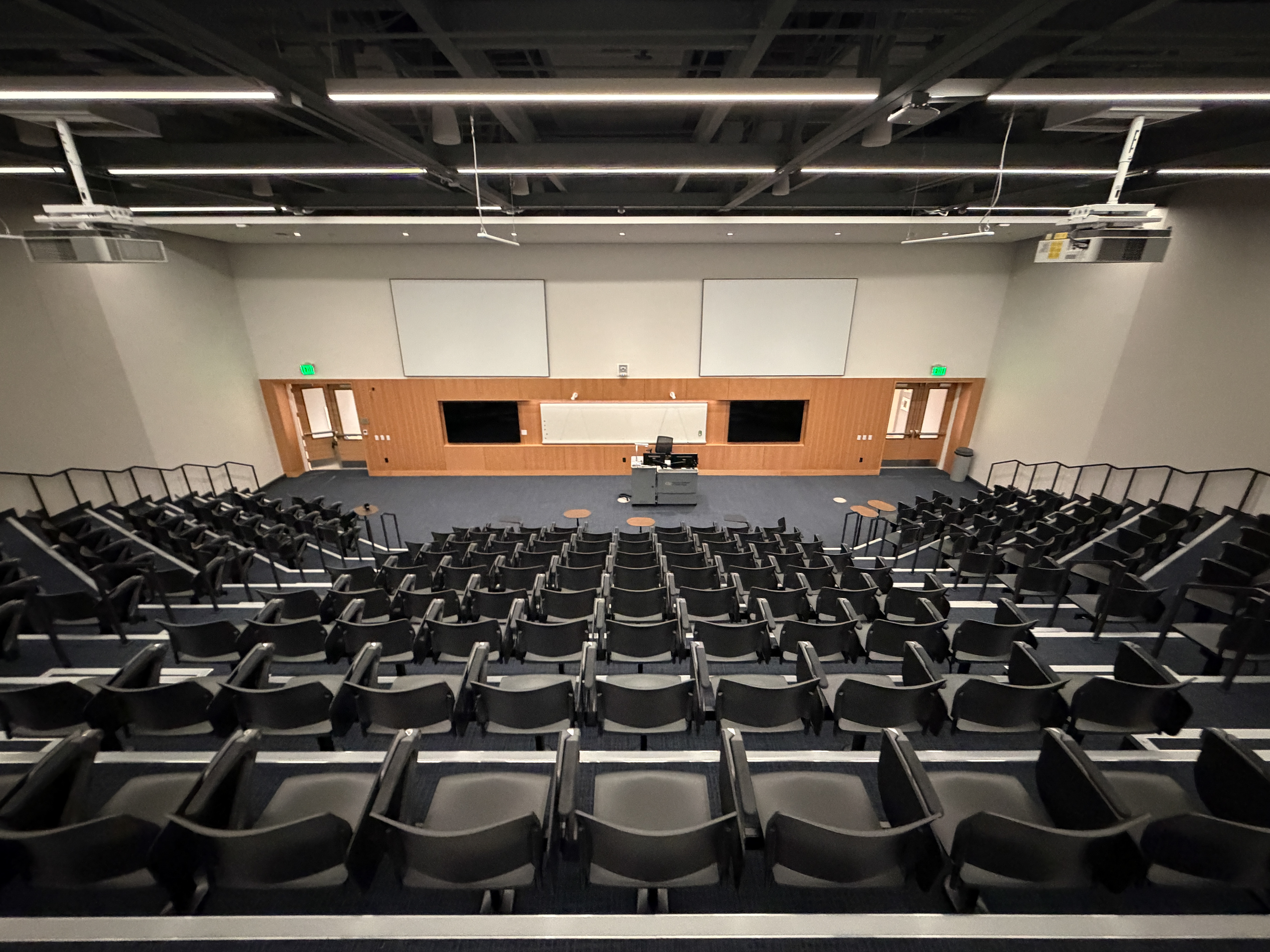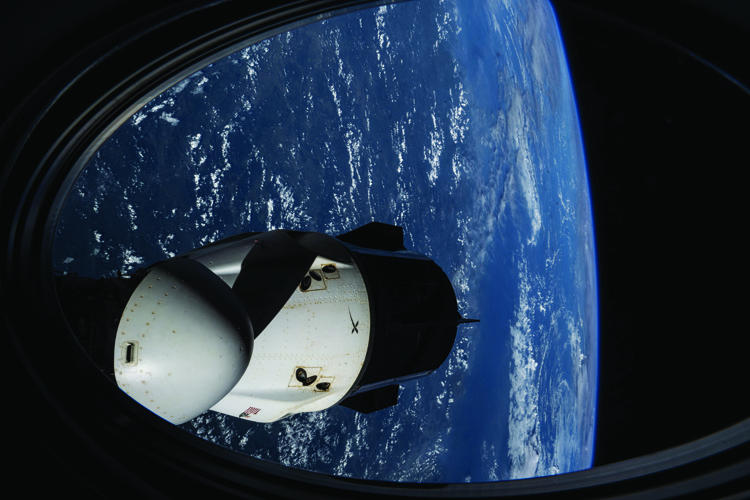Tech's AstroJackets
By: Jack Purdy, BA 22 | Categories: Featured Stories

Every decade since the beginning of human spaceflight in 1961, Georgia Tech alumni have been to space. As of 2025, there has been at least one Yellow Jacket on 40 separate spaceflight missions, totaling 595,164,815 collective miles flown in space by Tech astronauts.
John Young, AE 52, HON PhD 03, became Tech’s first astronaut, flying on Gemini III in 1965. It was the first time two Americans flew to space together on a single mission. On Apollo 16 in 1972, Young became the first and (so far) only Yellow Jacket to land on the Moon. Young and the crew collected over 200 pounds of lunar rocks from the Moon’s surface and traveled over 16 miles on the lunar rover. A lunar sample collected by Young is on display at Georgia Tech in the Price Gilbert Library. In Young’s earlier Apollo mission, Apollo 10 in 1969, he orbited the Moon to survey lunar landing spots for future missions.
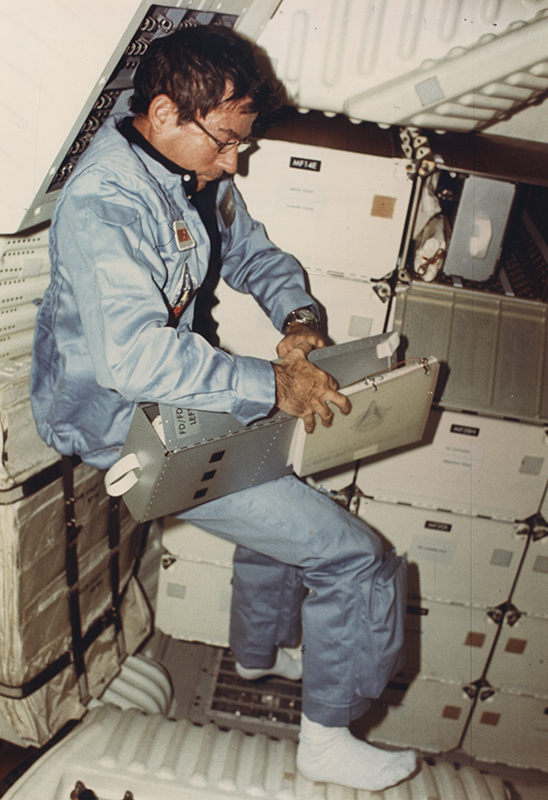
After the Apollo missions, Young commanded NASA’s first space shuttle mission, STS-1, in April 1981. Young’s final flight, STS-9, was the first time six people flew on a single vehicle into space, and made Young the first person to perform six space flights (seven if you include launching off the Moon).
Seven months after STS-1, Richard Truly, AE 59, HON PhD 09, flew on STS-2, becoming Tech’s second astronaut. The mission made history with Columbia becoming the first space shuttle to be flown multiple times (and making Columbia the first shuttle to carry two Georgia Tech astronauts). Truly’s second flight came on STS-8 in 1983, which was the first night launch and landing performed by NASA.
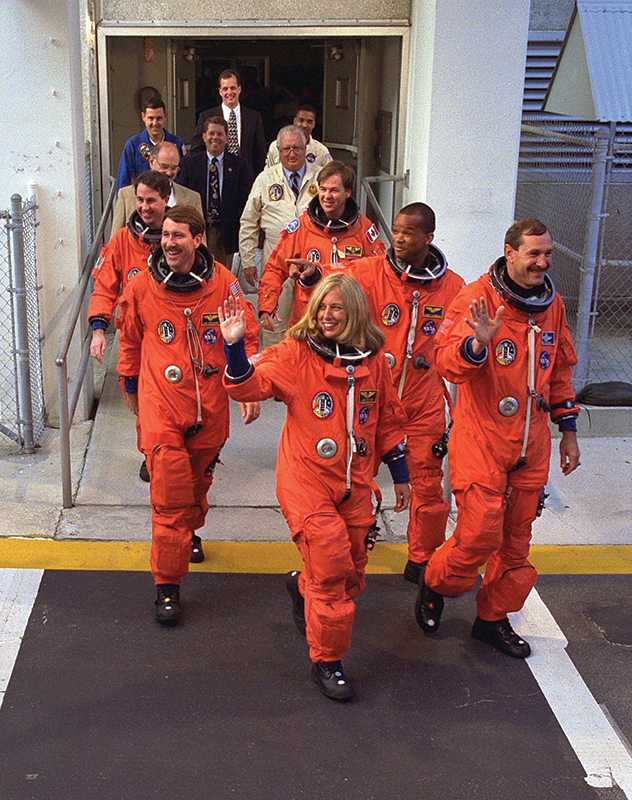
A Legacy of Excellence
After Young and Truly, 12 more Tech grads flew on 25 more space shuttle flights and 11 ISS expeditions, spanning from 1991 to 2021. In addition to 14 graduates, John Casper, Cls 65, spent his first year of college at Tech in 1961 before enrolling in the Air Force Academy. Casper flew on four missions in the 1990s.
Some missions have even included multiple Yellow Jackets, such as STS-126, where pilot Eric Boe, MS EE 97, and mission specialists Shane Kimbrough, MS OR 98, and Sandra Magnus, PhD CerE 96, traveled to the ISS. Upon arrival, Magnus stayed at the ISS as part of Expedition 18.
Boe’s second mission, STS-133, which was the final flight for space shuttle Discovery, initially had Tim Kopra, MS AE 95, as a mission specialist, but Kopra was replaced after a bicycle accident. Kopra would later fly on Expedition 46/47.
Kimbrough has accumulated the most miles flown in space of any Yellow Jacket, traversing a whopping 170,615,109 miles over three missions. On his most recent mission, Expedition 65/66 in 2021, Kimbrough covered 84 million miles, the most in a single flight in space by a Yellow Jacket.
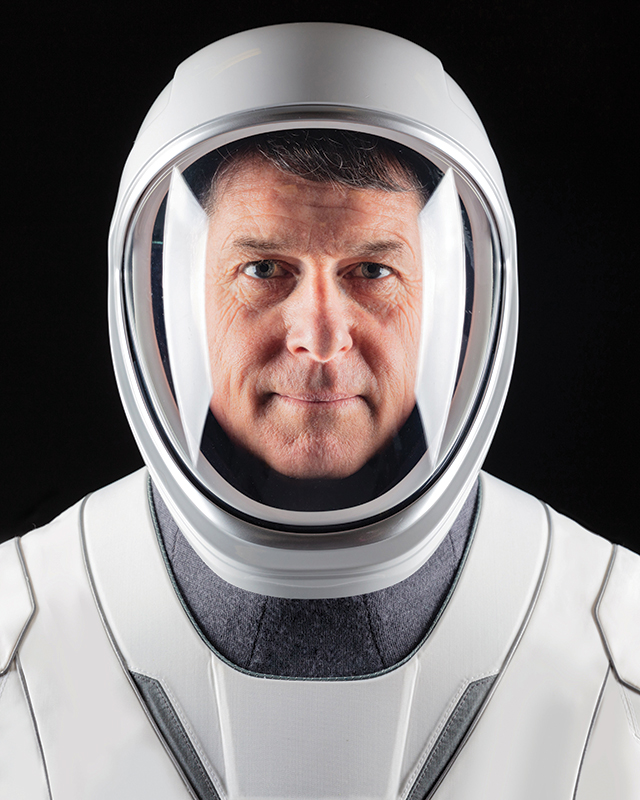
Jan Davis, Bio 75, became Tech’s first female astronaut, flying on three shuttle missions that included materials science experiments and the first shuttle mission with a Russian cosmonaut.
In 2011, Magnus was part of STS-135, the final flight for Atlantis and the end of NASA’s Space Shuttle Program.
Both Douglas Wheelock, MS AE 92, and Kimbrough have served as commanders of the ISS. Wheelock served during Expedition 25 in 2010, which involved multiple unplanned spacewalks to repair the station. Kimbrough’s command came during Expedition 50 from 2016 to 2017, where he orbited the earth 2,770 times and performed four spacewalks.
Back on Earth, Magnus and Truly returned to campus in teaching and administrative roles. Truly served as director of the Georgia Tech Research Institute from 1992 to 1997, and Magnus is a Professor of the Practice in the School of Aerospace Engineering, the School of Materials Science and Engineering, and the Sam Nunn School of International Affairs.
